 |
| Trent Manor, 2009 |
Charles, Jane Lane, and Henry Lascelles arrived at Trent on September 17. Colonel Francis and Anne Wyndham had gone for a walk that morning to keep an eye out for the king. When Charles spotted them he called out, “Frank! Frank! How dost thou do!”
 |
| Road near Trent Manor |
“By which gracious pleasances the colonel perceived,” as his wife wrote later, “that though his majesty’s habit and countenance were much changed, yet his heroic spirit was the same, and his mind immutable.”
 |
| Wall and yard at rear of Trent Manor |
The Wyndhams welcomed Jane Lane and Henry Lascelles at the front of the house, ostensibly as visiting relatives, while Charles was brought in quietly, probably by taking the horses around back in his persona as Jane’s servant Will Jackson.
 |
| Trent Manor, 2009 |
“The colonel (to avoid the jealous eyes of some neighbors) instantly conveyed the king and Mrs. Lane into the Lady Wyndham’s chamber, where the passions of joy and sorrow did a while combat in them who beheld his sacred person; for what loyal eye could look upon so glorious a prince thus eclipsed, and not pay unto him the homage of tears? But the consideration of his majesty’s safety, the gracious words of his own mouth confuting the sad reports of his untimely death, together with the hope of his future preservation, soon dried them up.”
During my research trip in the autumn of 2009, Margaret Hohler, the present owner of Trent Manor, graciously welcomed my friend Alice and me not only into her home but into her own bedroom, where Charles spent his time at Trent. It is a charming and beautiful sun-filled upstairs room with honey-colored wood paneled walls and a window looking out over the garden and the nearby St. Andrews Church, which will figure in the story in the next couple of days.
 |
| The room where Charles stayed at Trent Manor |
 |
Me in the room with the priest hole
photo by Alice Northgreaves |
 |
| Hatch over priest hole |
 |
Closet with priest hole,
looking out into bedchamber
from The Flight of the King |
There is a smaller room off the main bedchabmer, with a closet-sized room in which there is a hatch in the floor leading to the priest hole.
 |
Looking into the priest hole at Trent Manor
|
 |
When Charles was at Trent, a staircase obscured
the entrance to the little room with the priest hole
|
 |
The lovely Mrs. Hohler in the door of
another bedroom at Trent Manor |
There are outbuildings still standing that would have been there in Charles’s time, including a dovecote, a structure containing holes in the wall for doves or pigeons to roost in.
 |
| Outbuildings at Trent Manor |
 |
| The dovecote |
 |
| Dovecote ceiling |
Wilmot and his man Swan also arrived at Trent, and once again there was a conference about how to get Charles out of the country. Wyndham said that Sir John Strangways "who had given many testimonies of his loyalty, having two sons, both of them colonels" for Charles I, and wholived four miles away at Melbury Court, was likely to have connections to people in the coastal trade or maybe even own some boats that might be used for the king’s escape. He proposed to ride the next day to consult Sir John.
 |
Interior wall of the dovecote
|
 |
| Barn or stables at Trent Manor |
Then Wyndham, who had only recently been paroled from imprisonment in Weymouth for political reasons, “entertained and encouraged his majesty with this remarkable passage of Sir Thomas Wyndham (his father), who, not long before his death (in the year 1636), called unto him his five sons (having not seen them together in some years before) and discoursed … of the loving peace and prosperity the kingdom had enjoyed under its three last glorious monarchs … and notwithstanding the strange mutations and changes in England, he showed how it pleased God, in love to our nation, to preserve an undoubted succession of kings to sit on the regal throne. He mentioned the healing conjunctions of the two houses of York and Lancaster, and the blessed union of the two crowns of England and Scotland, stopping up those fountains of blood which, by national feuds and quarrels kept open, had like to have drowned the whole island.”
 |
| Another view of Trent Manor |
Old Wyndham went on to tell his sons “We have hitherto seen serene and quiet times, but now prepare yourselves for cloudy and troublesome. I command you to honour and obey our gracious sovereign, and in all times to adhere to the crown; and though the crown should hang upon a bush, I charge you forsake it not.”
 |
At Trent Manor, 2009
photo by Alice Northgreaves |
 |
Cobbles in yard behind Trent Manor
photo by Alice Northgreaves |
Apparently the Wyndham boys hadn’t weren’t familiar with the story of the crown left hanging on a bush when Richard III was killed on the field at Bosworth, and Henry VII plucking it up, for when their father left, they were “in deep consultation what the meaning should be of ‘the crown hanging upon a bush.’” But the main message was clear, and Frank told Charles, “Certainly these are the days which my father pointed out … and, I doubt not, God hath brought me through so many dangers, that I might show myself both a dutiful son and a loyal subject, in faithfully endeavoring to serve your sacred majesty in this your greatest distress.”
 |
| Looking out the window of Charles's room at Trent |
It may have been when Charles arrived at Trent that he learned several pieces of bad news. His friend the Earl of Derby, who had suggested Boscobel as a hiding place, had been arrested shortly after parting from Charles as they fled from Worcester, had been charged with treason, and would shortly be tried, which would certainly end in his execution.
 |
| William, Duke of Hamilton |
On September 12, the day Charles had arrived at Abbots Leigh, the Duke of Hamilton had died of the wounds he sustained during the Battle of Worcester. And on September 16 the Council of State had issued an order for the apprehension of Charles Stuart.
 |
| William, Duke of Hamilton |























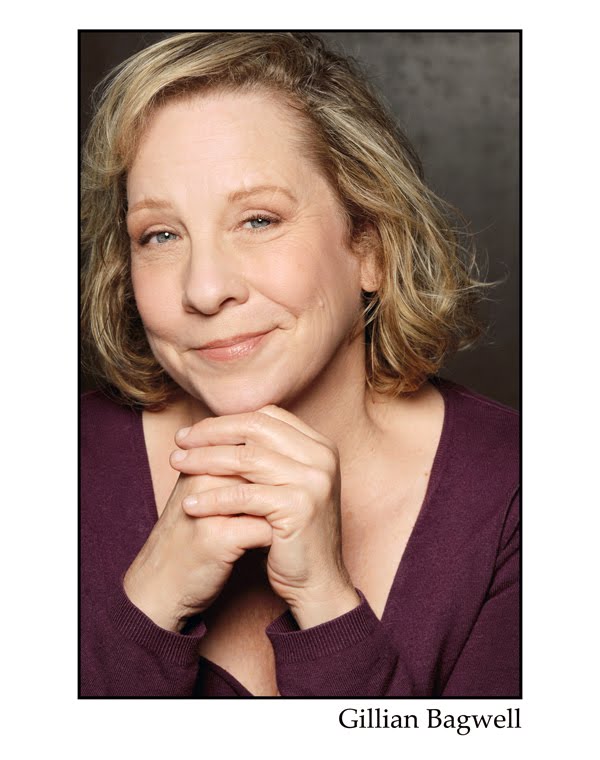

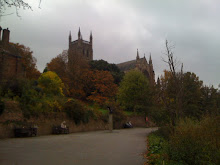
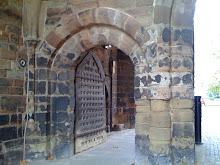



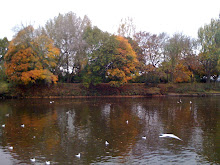
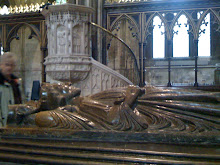
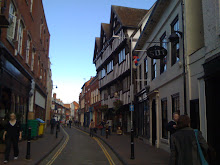

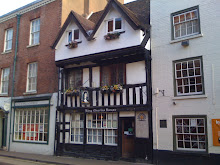
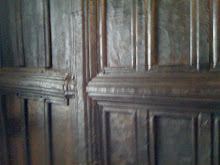
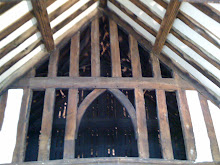



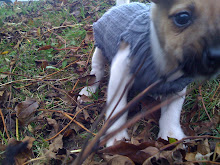

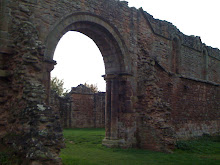




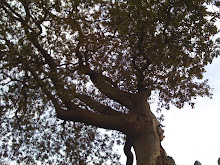



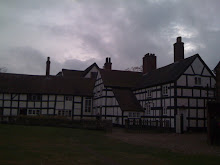

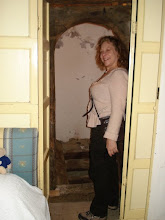
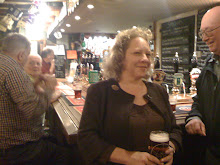
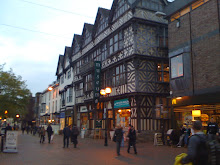
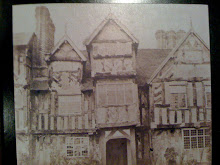


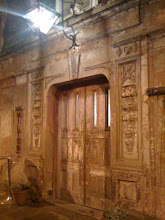
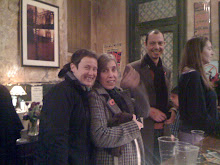


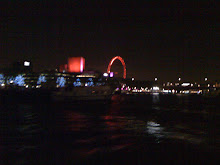

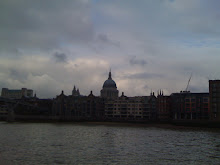
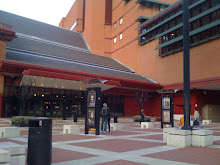

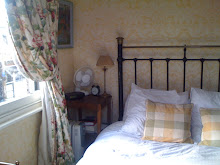






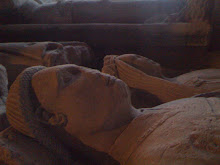
No comments:
Post a Comment